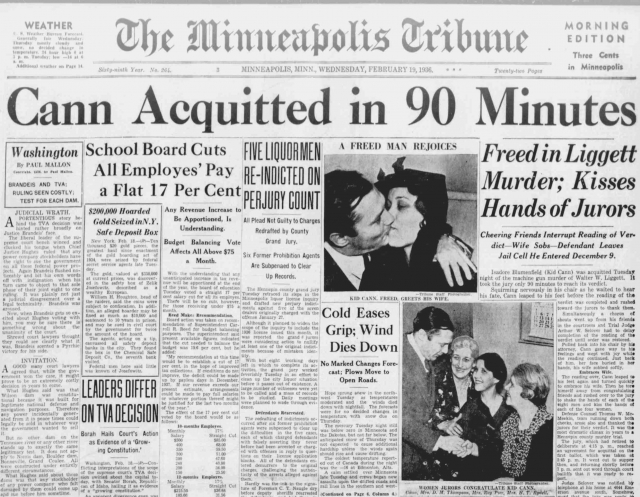The Ultimate Guide To News Articles
The Ultimate Guide To News Articles
Blog Article
Some Known Factual Statements About News Articles
Table of ContentsThe 10-Minute Rule for News ArticlesThe Basic Principles Of News Articles The Buzz on News ArticlesUnknown Facts About News ArticlesNews Articles for Beginners
Great expertise of different topics gives students an affordable side over their peers. Although electronic and social media are conveniently available, we need to not neglect how crucial it is to review the papers. Parents should attempt and instill the practice of reviewing a newspaper as an everyday routine to proceed the heritage of the adored print medium.Information stories likewise contain at least one of the complying with vital attributes relative to the intended audience: closeness, prominence, timeliness, human interest, peculiarity, or repercussion.
Within these restrictions, news tales additionally intend to be extensive. Other elements are involved, some stylistic and some derived from the media kind. Among the larger and much more respected newspapers, fairness and balance is a major element in providing info. Commentary is typically constrained to a separate section, though each paper may have a different general slant.
Papers with a worldwide target market, for instance, tend to make use of an extra formal style of writing. The particular selections made by a news outlet's editor or editorial board are frequently collected in a design guide; common style overviews include the and the US Information Design Publication. The main objectives of information writing can be summarized by the ABCs of journalism: accuracy, brevity, and quality.
News Articles - The Facts
As a regulation, reporters will certainly not use a long word when a short one will certainly do. Information authors attempt to prevent utilizing the very same word more than once in a paragraph (occasionally called an "resemble" or "word mirror").
Nonetheless, headings often leave out the subject (e.g., "Jumps From Boat, Catches in Wheel") or verb (e.g., "Pet cat female lucky"). A subhead (additionally subhed, sub-headline, subheading, subtitle, deck or dek) can be either a secondary title under the major heading, or the heading of a subsection of the write-up. It is a heading that comes before the main message, or a group of paragraphs of the main text.

of a short article subject, source, or interviewee), it is referred to as a pulled quote or draw quote. Additional billboards of any of these kinds may show up later in the post (especially on subsequent web pages) to tempt more analysis. Journalistic sites occasionally make use of computer animation methods to swap one signboard for one more (e.g.
All about News Articles
Such signboards are additionally utilized as pointers to the short article in other sections of the magazine or site, or as promotions for the item in other publication or websites. News release of the Swiss federal government. Normal framework with title, lead paragraph (recap in strong), various other paragraphs (information) and get in touch with details.

Instance of a hard-lead paragraph NASA is recommending one more space project. The budget plan requests about $10 billion for the project.
The NASA news came as the firm requested $10 billion of appropriations for the project. An "off-lead" is the 2nd essential front page information of the day. The off-lead shows up either in the top left edge, or directly below the lead on the. To "bury the lead" is to start the write-up with background information or information of secondary value to the viewers, forcing them to review more deeply into a post than see it here they ought to need to in order to find the vital factors.
The Best Guide To News Articles
Common usage is that a person or more sentences each develop their very own paragraph. Reporters generally explain the organization or structure of an information tale as an inverted pyramid. The essential and most fascinating elements of a story are informative post placed at the start, with sustaining information adhering to in order of diminishing value.
It permits individuals to check out a subject to only the deepness that their interest takes them, and without the charge of information or subtleties that they might think about pointless, however still making that info offered to much more interested viewers. The upside down pyramid structure also allows articles to be trimmed to any approximate size during design, to fit in the room offered.
Some authors start their tales with the "1-2-3 lead", yet there are several kinds of lead readily available. This format usually starts with a "5 Ws" opening paragraph (as described over), complied with by an indirect quote that serves to sustain a major element of the initial paragraph, and after that a direct quote to support the indirect quote. [] A kicker can refer to multiple points: The last tale current broadcast; a "pleased" story to end the program.
Longer articles, such as publication cover articles and the items that lead the inside areas of a newspaper, are known as. Function tales differ from this website straight news in several means. Foremost is the absence of a straight-news lead, many of the time. Instead of offering the essence of a tale up front, feature authors may attempt to lure viewers in.
Some Known Details About News Articles
A feature's first paragraphs usually connect an interesting moment or occasion, as in an "anecdotal lead". From the details of a person or episode, its view promptly widens to generalities regarding the story's topic.

The Editor's Tool kit: A Reference Guide for Beginners and Professionals (2001) Allan M. Siegal and William G. Connolly. The New York City Times Guidebook of Style and Use: The Official Design Overview Utilized by the Writers and Editors of the Globe's Many Authoritative Paper (2002) M. L. Stein, Susan Paterno, and R.
Report this page